GenCon 2012 – Dungeons & Dragons Next Keynote Liveblog

For the first time in GenCon history, the week began with a keynote event on Thursday evening. And who gave the keynote? None other than the folks behind Dungeons & Dragons.
For the last several months, Dungeons & Dragons has been undergoing a transformation into their Dungeons & Dragons Next format (which they are loathe to officially call 5th edition).
The event was delayed a bit due to rain and venue change, but once things are moving, I’ll be liveblogging about the event. I know I won’t catch everything, but I’m sure there’ll be a link to video of the event online shortly and I’ll post it (and other background links) in an update over the next day or so, when I have more stable net access.
The Event Begins
7:25 pm – Peter Adkison, founder of Wizards of the Coast, runs onstage and discusses how this inaugural keynote came into being. Basically, Adkison strong-armed Greg Leeds (current CEO of Wizards of the Coast) into doing it, and made it clear that he expected Greg himself to get on stage and start the event off. So, with that ….
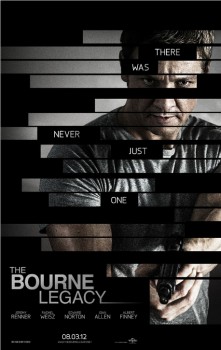 The Bourne Legacy, Paramount’s attempt to extend their successful Jason Bourne franchise — based very loosely on the novels of Robert Ludlum — does give the impression of the first film of a trilogy. It feels like The Bourne Identity (2002), the inaugural movie of the Matt Damon trilogy: it’s a starting point with some excellent sections, but also the nagging sense that all the finest moments are yet to come. Overall, there is something slight about the enterprise, making it a minor disappointment for a film I hoped would salvage August. Will Expendables 2 be this year’s “August Surprise”? I never thought that might be a possibility at the beginning of the season.
The Bourne Legacy, Paramount’s attempt to extend their successful Jason Bourne franchise — based very loosely on the novels of Robert Ludlum — does give the impression of the first film of a trilogy. It feels like The Bourne Identity (2002), the inaugural movie of the Matt Damon trilogy: it’s a starting point with some excellent sections, but also the nagging sense that all the finest moments are yet to come. Overall, there is something slight about the enterprise, making it a minor disappointment for a film I hoped would salvage August. Will Expendables 2 be this year’s “August Surprise”? I never thought that might be a possibility at the beginning of the season.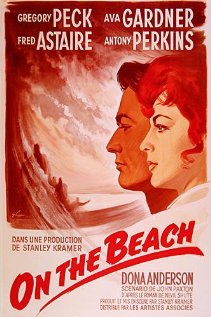
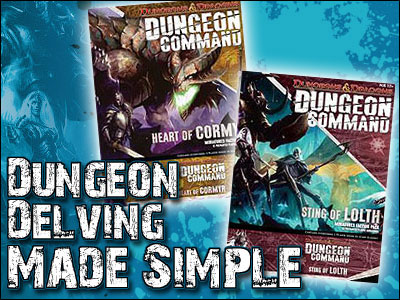
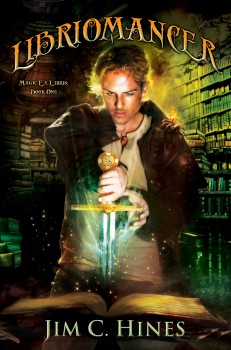 Lirbriomancer
Lirbriomancer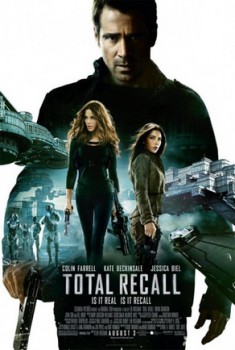 In a charming case of movie irony, the new Total Recall has already been mostly forgotten, even though it only came out on Friday. The Dark Knight Rises, in its third week, handily crushed the Len Wiseman-directed remake. I’m writing this on Tuesday, and it already feels as if the movie was never even released: it was a dream implant that never took, and the original memory of the 1990 Paul Verhoeven-Arnold Schwarzenegger Summer blockbuster has already taken back all the cerebral space. Nonetheless, I’ll still perform this brain autopsy on Total Recall ’12 to see why no one bothered to show up except for people writing reviews.
In a charming case of movie irony, the new Total Recall has already been mostly forgotten, even though it only came out on Friday. The Dark Knight Rises, in its third week, handily crushed the Len Wiseman-directed remake. I’m writing this on Tuesday, and it already feels as if the movie was never even released: it was a dream implant that never took, and the original memory of the 1990 Paul Verhoeven-Arnold Schwarzenegger Summer blockbuster has already taken back all the cerebral space. Nonetheless, I’ll still perform this brain autopsy on Total Recall ’12 to see why no one bothered to show up except for people writing reviews.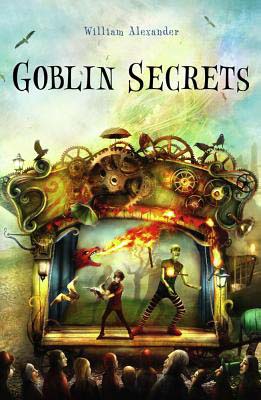
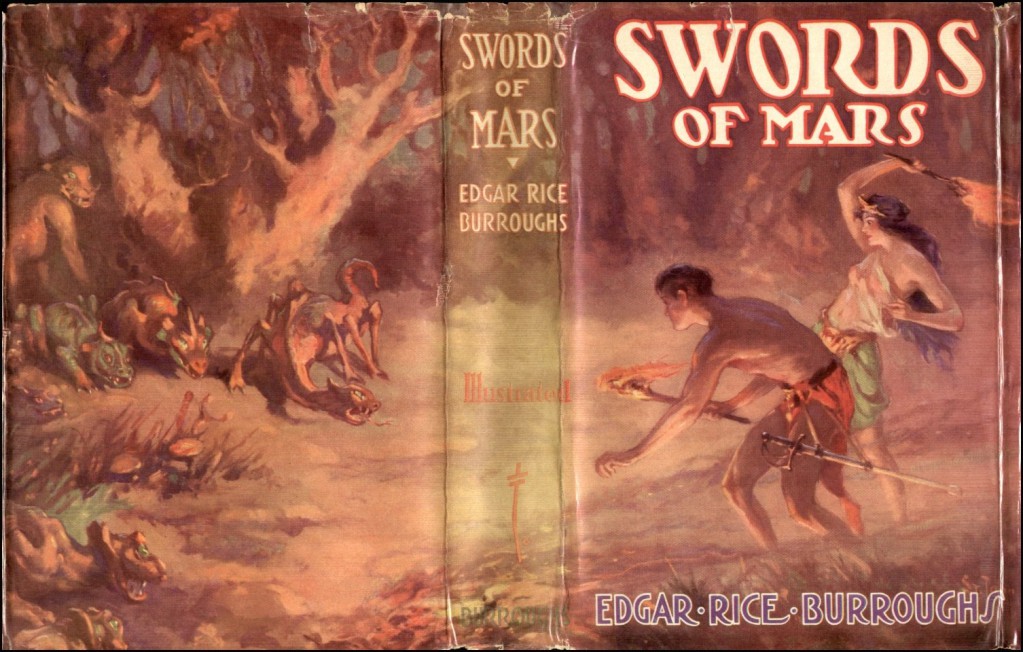 “But my memories of that great tragedy are not all sad. There was high adventure, there was noble fighting; and in the end there was — but perhaps you would like to hear about it.”
“But my memories of that great tragedy are not all sad. There was high adventure, there was noble fighting; and in the end there was — but perhaps you would like to hear about it.”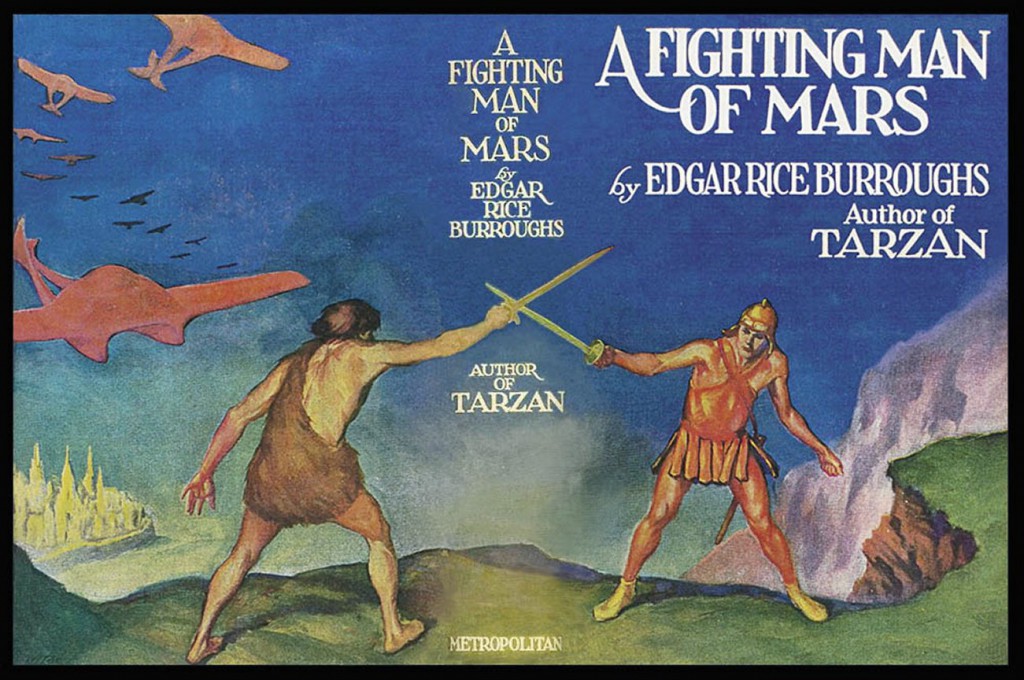 Back on Mars already?
Back on Mars already?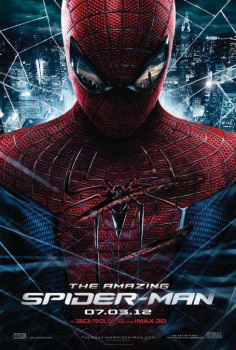 With directing great superheroes comes great responsibility. I wish director Marc Webb knew this. Or perhaps directing superheroics on screen isn’t something the man is capable of.
With directing great superheroes comes great responsibility. I wish director Marc Webb knew this. Or perhaps directing superheroics on screen isn’t something the man is capable of.